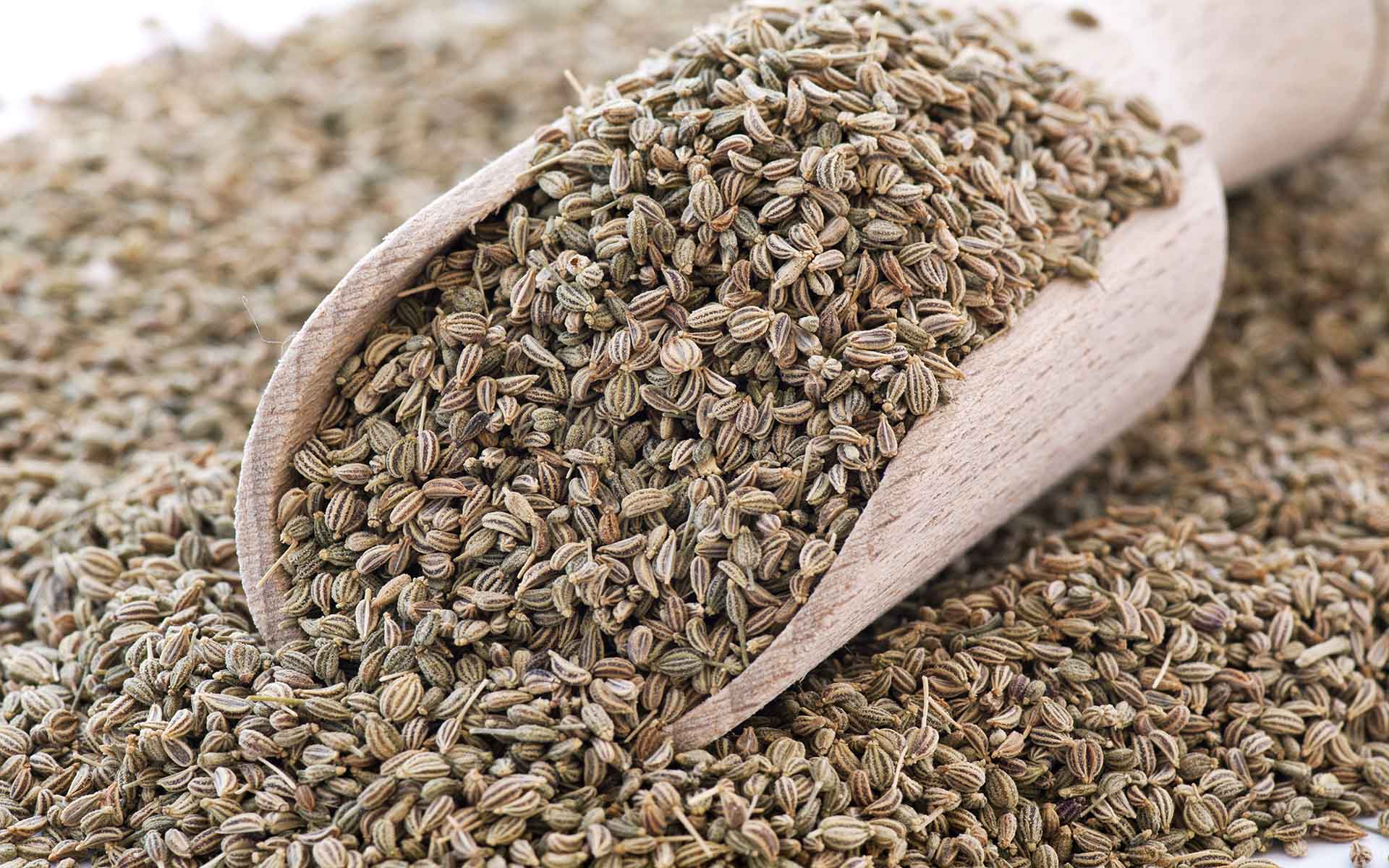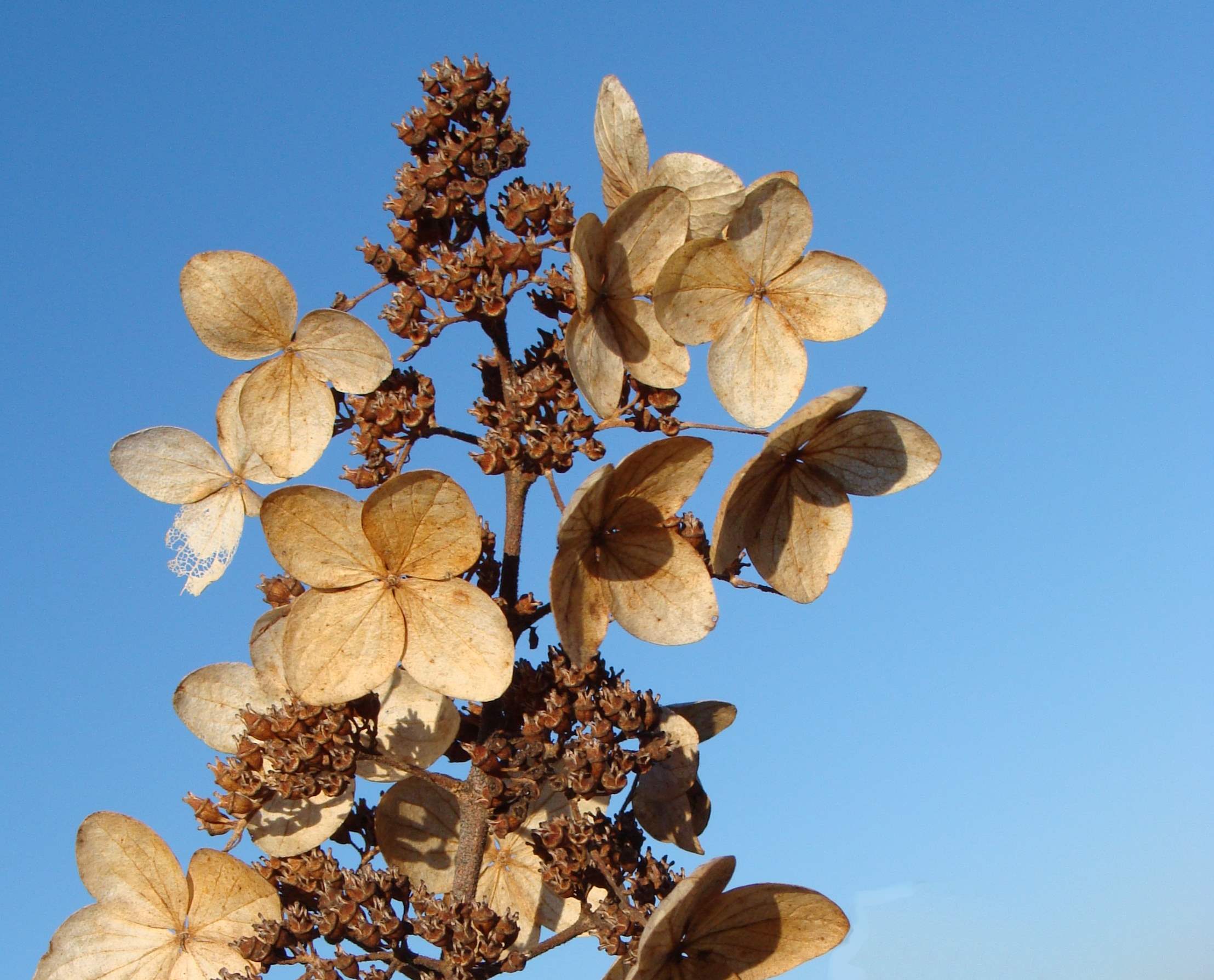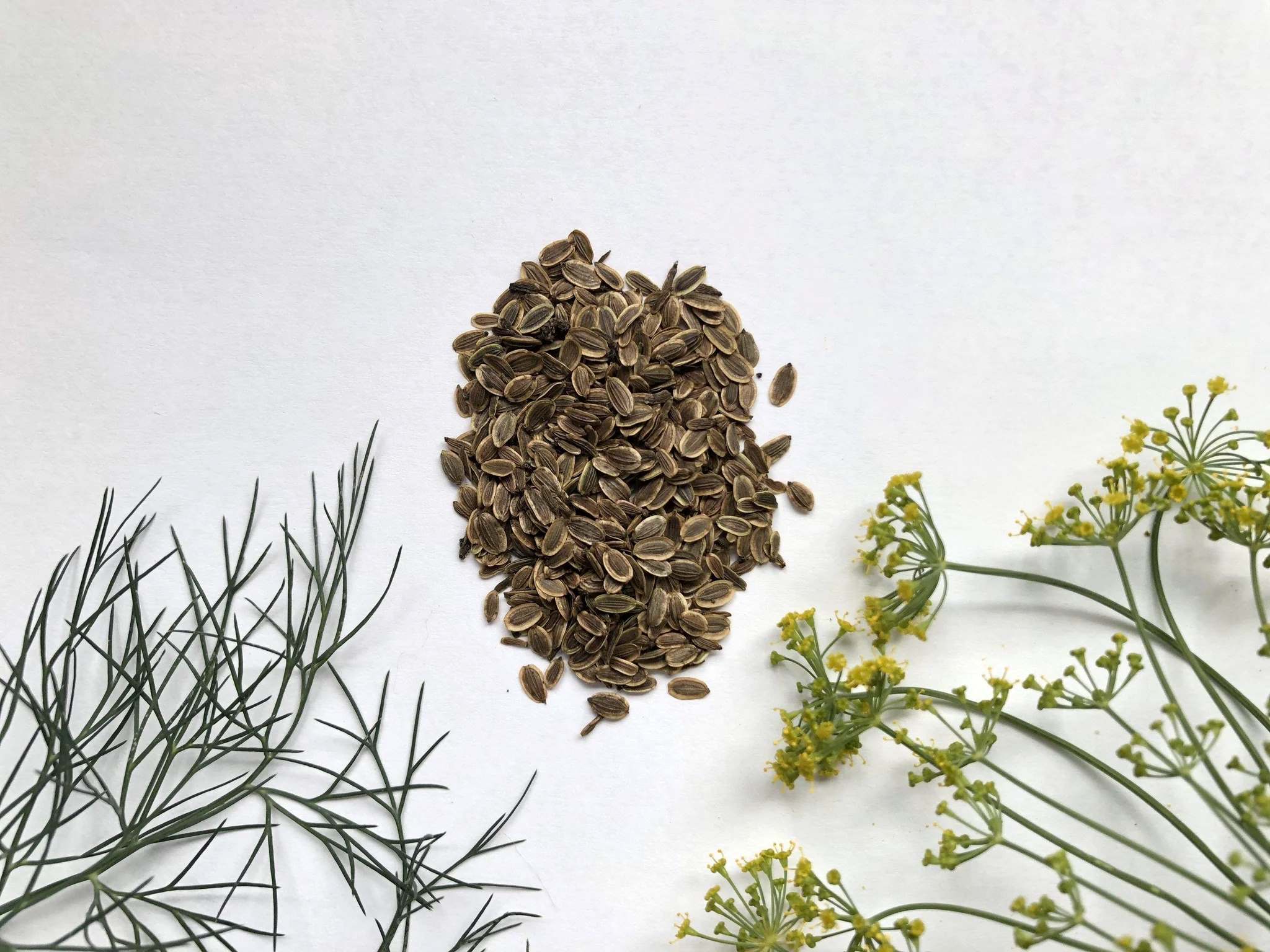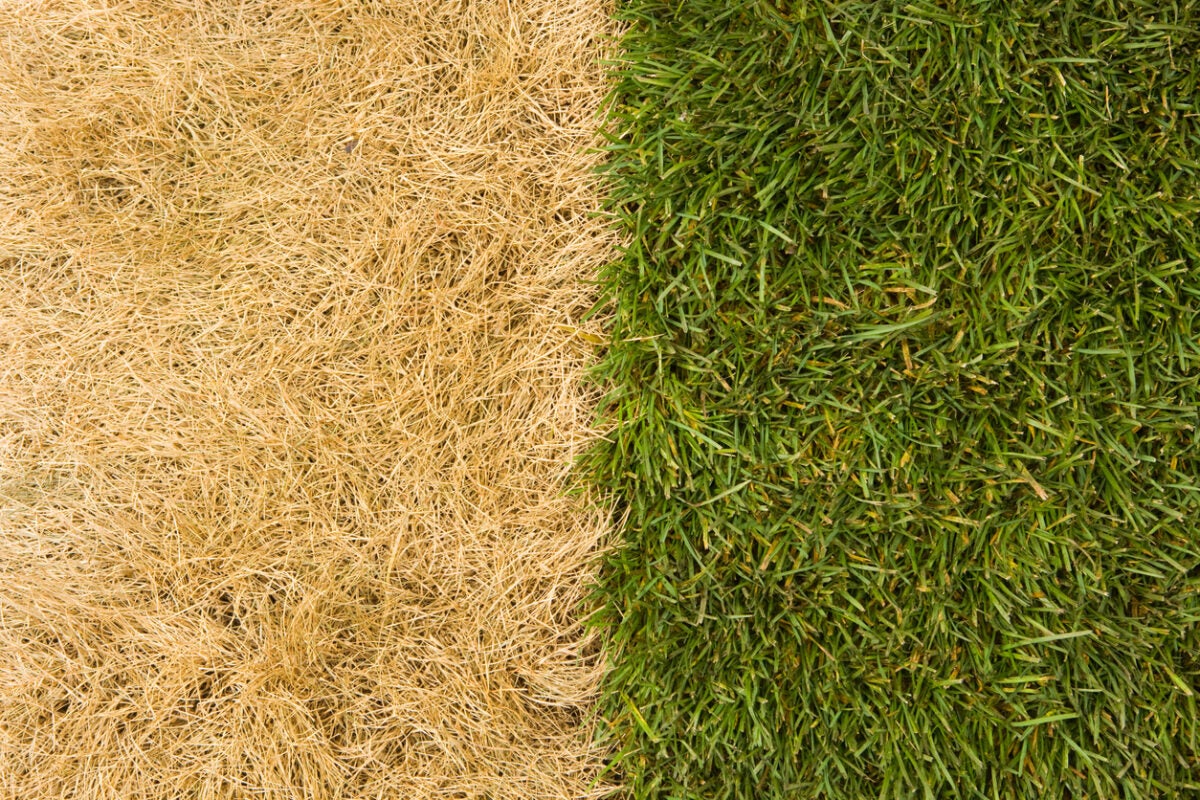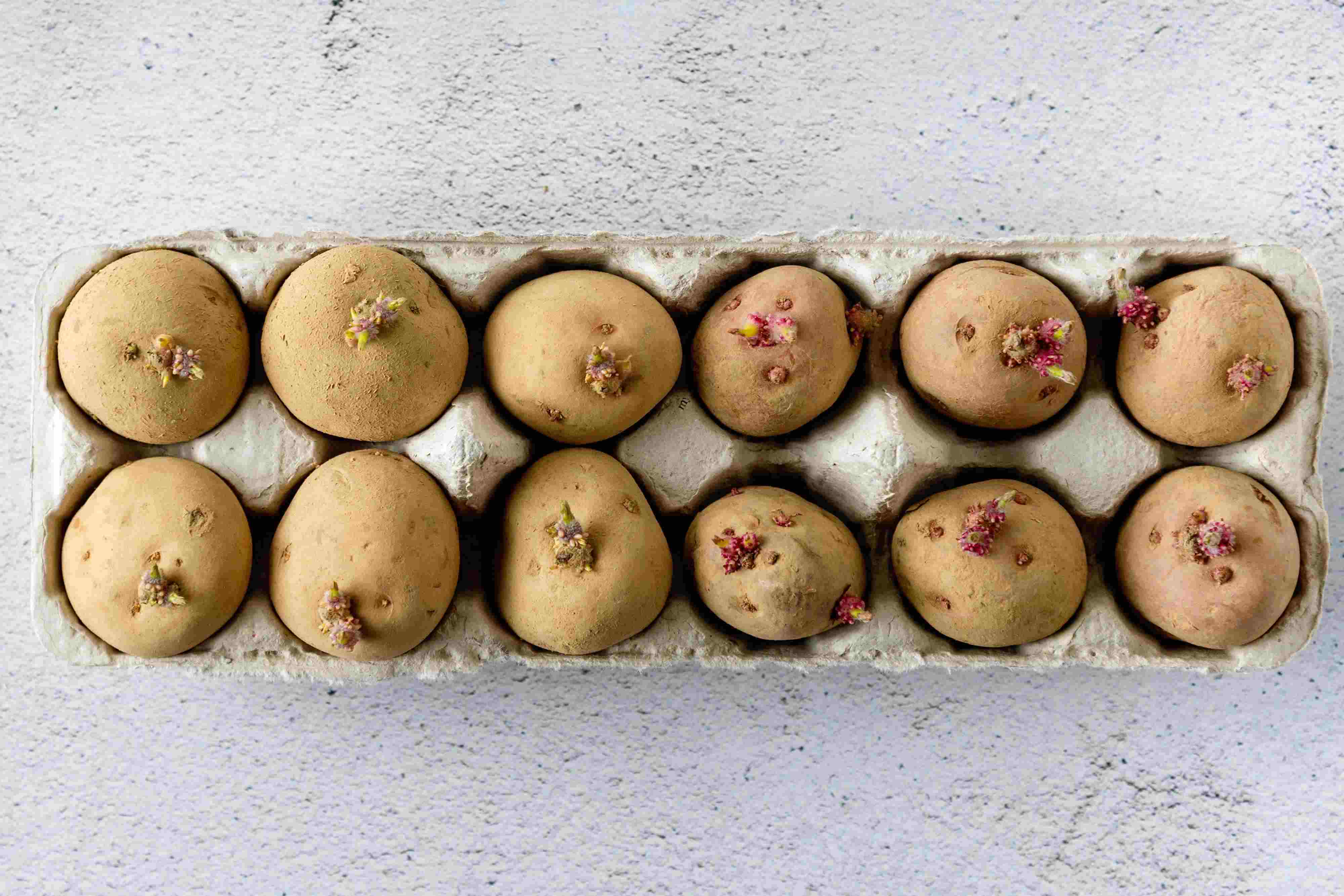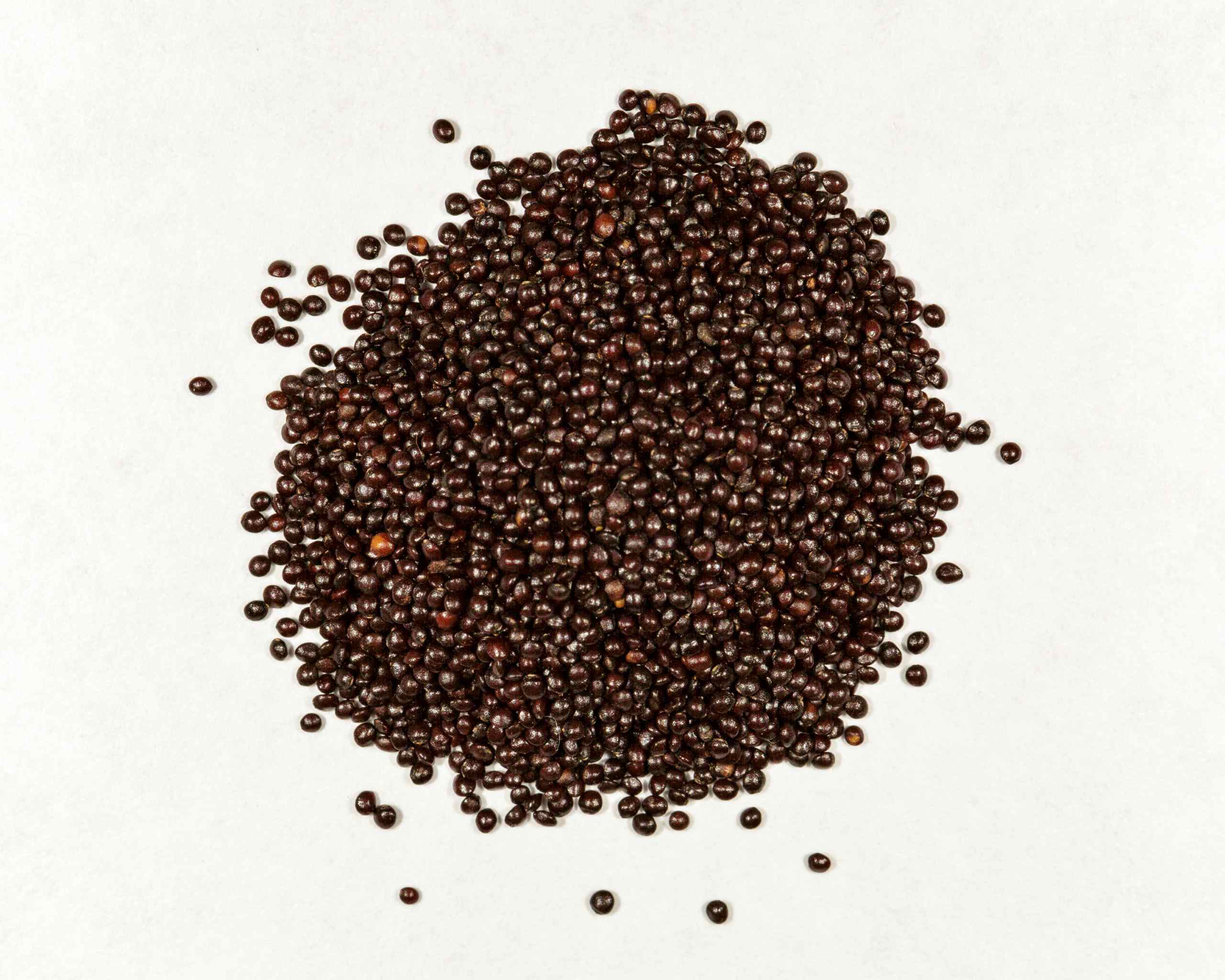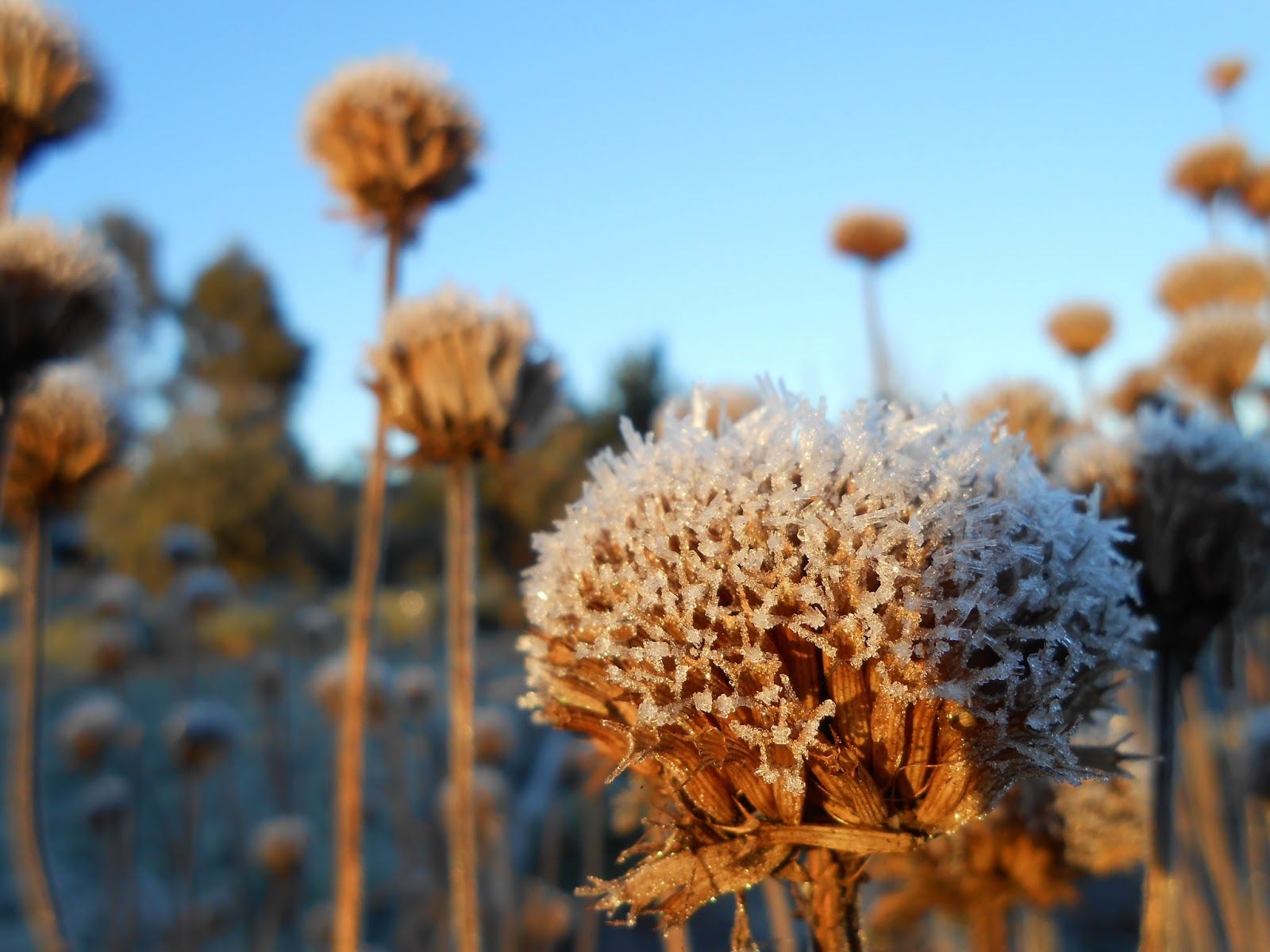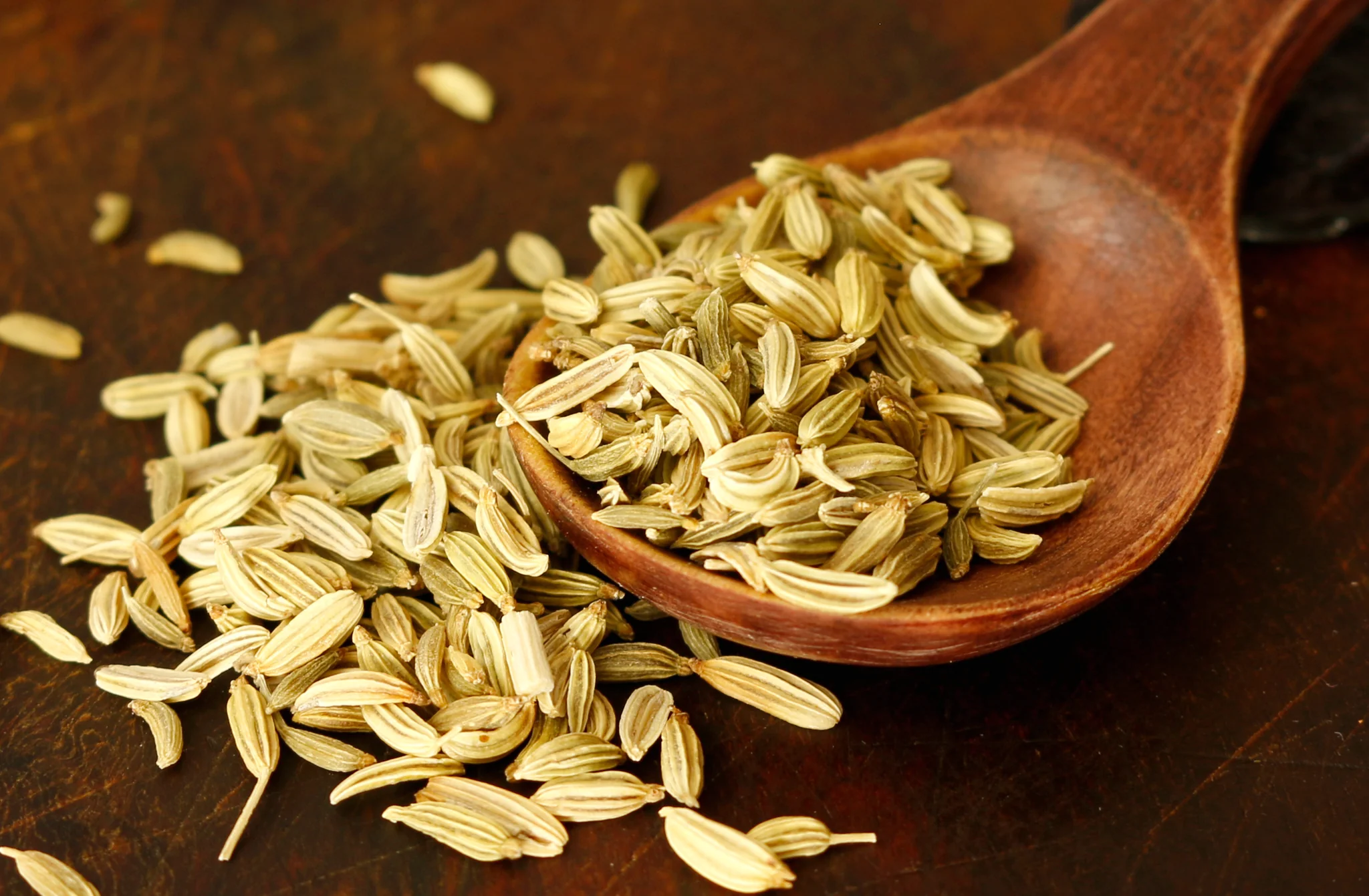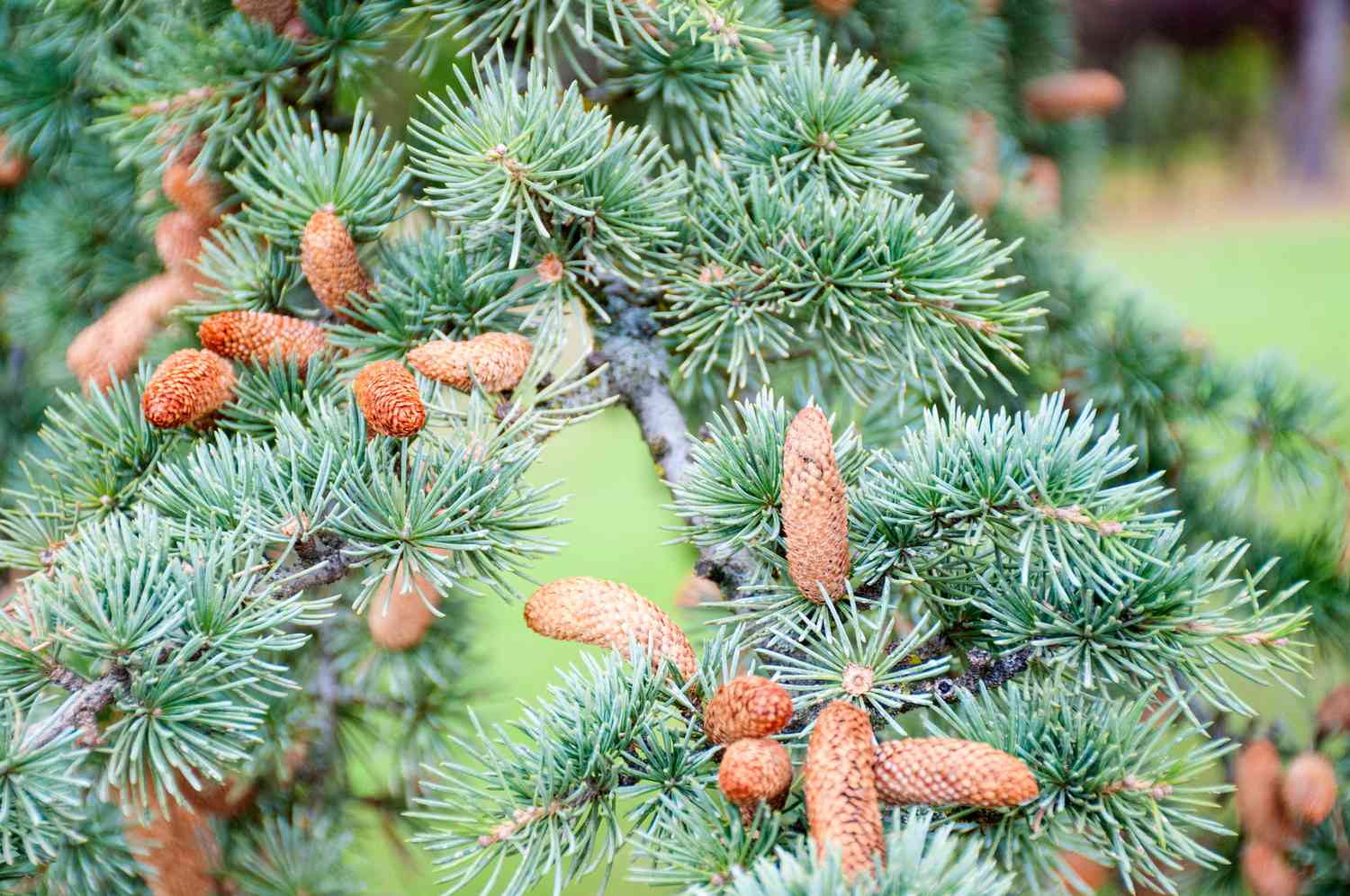Home>Types of Gardening>Edible Gardening>What Does Fennel Seeds Look Like
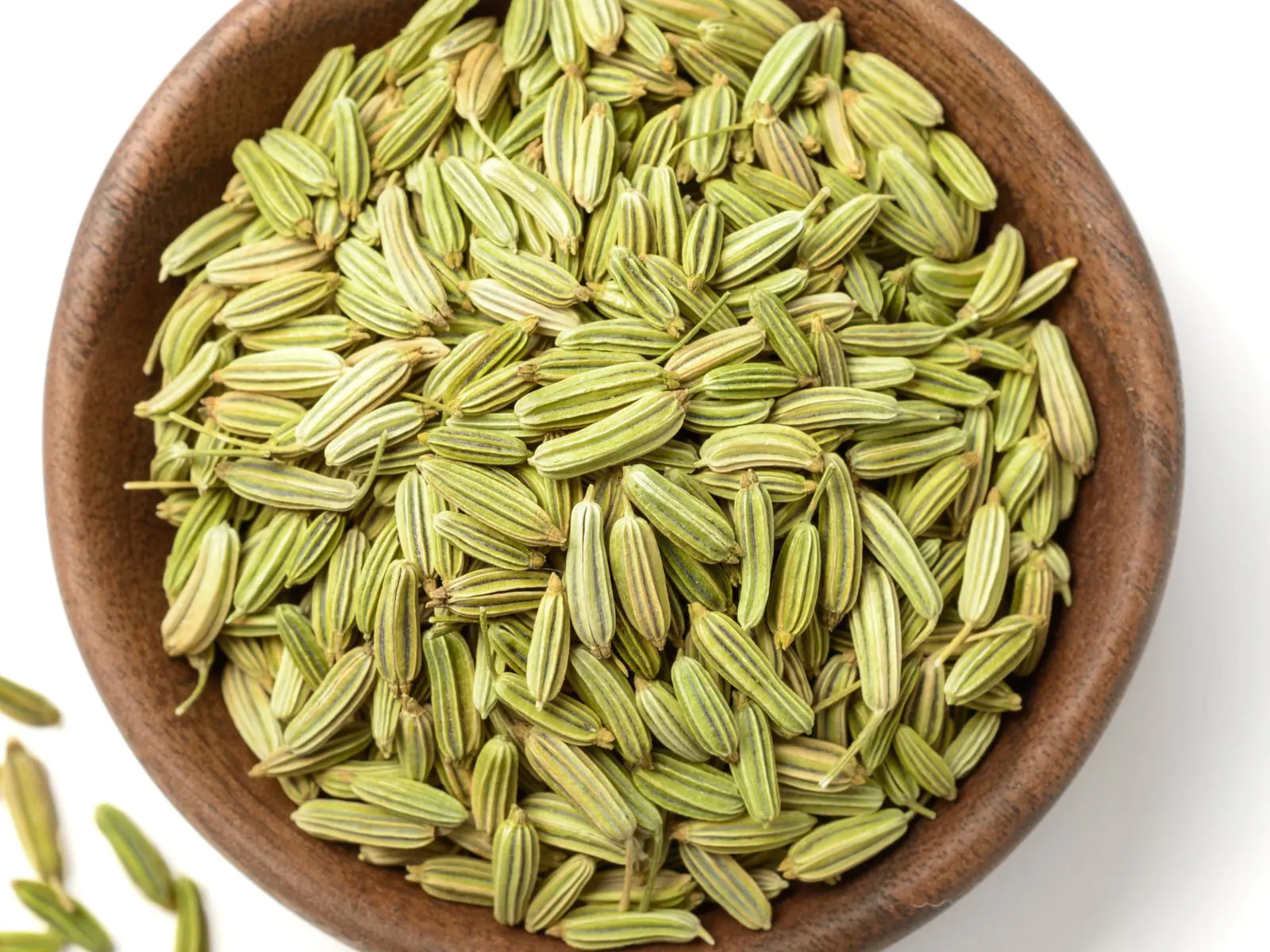

Edible Gardening
What Does Fennel Seeds Look Like
Published: September 19, 2023
Discover how fennel seeds look like in this informative guide. Learn about edible gardening and explore the beauty of fennel plants.
(Many of the links in this article redirect to a specific reviewed product. Your purchase of these products through affiliate links helps to generate commission for Chicagolandgardening.com, at no extra cost. Learn more)
Table of Contents
Introduction
Welcome to the world of edible gardening, where you can grow your own delicious and nutritious fruits, vegetables, and herbs right in your backyard. One plant that deserves a special mention is fennel, a versatile herb that not only adds a burst of flavor to your culinary creations but also offers various health benefits. If you’re curious to know more about fennel and specifically what fennel seeds look like, you’ve come to the right place.
Fennel (Foeniculum vulgare) is a flowering plant native to the Mediterranean region and is closely related to carrots, parsley, and dill. It has a long history of culinary and medicinal use, and many parts of the plant, including the leaves, bulbs, and seeds, are highly prized for their unique flavors and therapeutic properties.
In this article, we’ll focus on fennel seeds, which are small but mighty powerhouses of taste and health. We’ll explore their appearance, size and shape, color, and texture to give you a complete understanding of what fennel seeds look like.
Whether you’re a seasoned gardener looking to expand your edible garden or a beginner embarking on a new adventure, exploring the world of fennel seeds will undoubtedly add a delightful dimension to your gardening journey. So, let’s dive in and discover the fascinating characteristics of fennel seeds.
Description of Fennel Seeds
Fennel seeds are the dried fruits of the fennel plant. They are oval-shaped and have a distinct appearance that sets them apart from other seeds. When you take a closer look at fennel seeds, you’ll notice that they have a slightly curved shape, resembling small elongated teardrops.
These aromatic seeds have a unique and enticing fragrance that is often described as sweet and licorice-like. When you hold fennel seeds in your hand, you can’t help but be captivated by their delightful aroma.
One interesting characteristic of fennel seeds is their notable resemblance to anise seeds, another spice known for its licorice-like flavor. While they may look similar, fennel seeds have a slightly milder and sweeter taste compared to anise seeds.
Fennel seeds are also packed with essential oils that contribute to their distinctive taste and fragrance. These oils are responsible for imparting the characteristic licorice-like flavor that fennel seeds are known for. In addition to their flavor, fennel seeds also possess numerous health benefits, making them a valuable addition to any kitchen or garden.
Throughout history, fennel seeds have been widely used as a culinary spice and herbal remedy. They have been known to aid digestion, alleviate bloating and gas, and even promote lactation in nursing mothers. Their versatility in both culinary and medicinal applications has made fennel seeds a beloved ingredient in various cuisines around the world.
Now that we have a general understanding of fennel seeds, let’s take a closer look at their appearance to get a clear picture of what they actually look like.
Appearance of Fennel Seeds
Fennel seeds have a unique and distinct appearance that is easily recognizable. They are small in size, measuring around 4-8 millimeters in length. Despite their small stature, fennel seeds are packed with flavor and have an unmistakable presence.
When you observe fennel seeds closely, you’ll notice that they have a smooth and glossy surface. This smoothness gives them a polished look, almost like tiny beads. It also contributes to their pleasing texture and mouthfeel when consumed.
The shape of fennel seeds is another interesting aspect of their appearance. As previously mentioned, they are oval-shaped with a slight curvature, resembling miniature elongated teardrops. This unique shape allows them to roll easily and adds a touch of elegance to their overall appearance.
One of the defining characteristics of fennel seeds is their color. They generally have a dark brown or light brown color, depending on their maturity and how they were processed. The rich brown hues give fennel seeds a sophisticated and earthy look, which enhances their visual appeal when used in culinary dishes.
While the overall appearance of fennel seeds may seem simple, it’s the combination of their size, shape, smoothness, and color that makes them visually captivating. They may be small, but they certainly make a big impact when it comes to enhancing the aesthetics of your edible garden or spice collection.
Now that we’ve explored the appearance of fennel seeds, let’s move on to discussing their size and shape in more detail.
Size and Shape of Fennel Seeds
Fennel seeds are characterized by their small size and unique shape, which sets them apart from other seeds. On average, fennel seeds measure around 4-8 millimeters in length, making them relatively small in comparison to other seeds you may encounter in your edible gardening journey.
What truly distinguishes fennel seeds is their shape. They have an oval-shaped structure with a slight curvature, resembling small elongated teardrops. This distinctive shape gives fennel seeds their elegant and charming appearance.
When you hold fennel seeds in your palm, you’ll notice that their shape facilitates easy rolling and movement. It’s almost as if they were designed to be effortlessly handled and dispersed. This practical shape not only contributes to the seed’s functionality but also adds a touch of whimsy to their presence when used in cooking or as a decorative element.
Despite their small size, fennel seeds make a significant impact when it comes to flavor. Their shape allows for maximum surface area, which promotes the release of the essential oils encapsulated within the seed. When these oils are released, they infuse dishes with their unique licorice-like taste and delightful aroma.
It’s important to note that while the size and shape of fennel seeds are relatively consistent, there may be slight variations due to different cultivars and growing conditions. Some seeds may be slightly larger or smaller, and the curvature may vary from seed to seed. However, these variations do not compromise the overall characteristics and qualities of fennel seeds.
Now that we’ve explored the size and shape of fennel seeds, let’s move on to discussing their color to further understand their visual characteristics.
Color of Fennel Seeds
The color of fennel seeds is an integral part of their overall appearance. These seeds exhibit shades of brown, ranging from dark brown to light brown, depending on their maturity and processing.
When fennel seeds are harvested at an early stage of maturity, they tend to have a light brown color. As the seeds mature and dry, they develop a deeper, richer shade of brown. This variation in color adds visual interest and complexity to the seeds.
The dark brown hue of mature fennel seeds gives them a sophisticated and earthy look. It’s a color that is often associated with warmth and depth, which can be visually appealing when used in culinary creations or as a decorative element in your edible garden.
Light brown fennel seeds, on the other hand, have a more delicate and subtle appearance. Their lighter color can add a touch of brightness and contrast when incorporated into dishes or displayed in a spice jar on your kitchen shelf.
It’s worth noting that the color of fennel seeds can be influenced by various factors, including the variety of fennel, soil conditions, and the drying process. This natural variation in color does not impact the flavor or quality of the seeds but rather adds to their unique charm and individuality.
Whether dark brown or light brown, the color of fennel seeds is a key visual element that enhances their overall aesthetic appeal. It’s a testament to their natural beauty and the richness they can bring to your edible garden or spice collection.
Now that we’ve explored the color of fennel seeds, let’s move on to discussing their texture to gain a comprehensive understanding of these delightful little seeds.
Texture of Fennel Seeds
The texture of fennel seeds is an important aspect that adds to their overall sensory experience. When you run your fingers over these tiny seeds, you’ll notice that they have a smooth and glossy surface. This smoothness contributes to their pleasing texture and mouthfeel when consumed.
Unlike some rough-textured seeds, fennel seeds have a velvety feel against the skin. This smooth texture makes them enjoyable to handle and adds a touch of sophistication to their presence when used in cooking or baking.
When you bite into a fennel seed, you’ll notice that it offers a satisfying crunch. The small size of the seed ensures that it’s not overly hard, providing a delightful textural contrast in various culinary dishes.
Moreover, fennel seeds are known for their ability to release essential oils when chewed or ground. These oils enhance the flavor, aromatics, and overall experience of consuming fennel seeds. The combination of their smooth texture and the burst of oils adds a layer of complexity and depth to the sensory journey when enjoying fennel seeds.
In addition to their texture, fennel seeds also have a slightly oily feel when touched. This is due to the essential oils they contain, which gives them their characteristic flavor and aroma. The natural oils not only contribute to the sensory aspect but also make fennel seeds a valuable ingredient in essential oil extraction.
The texture of fennel seeds, with their smooth and glossy surface, provides a delightful tactile experience when handling and consuming these tiny powerhouses of flavor. The satisfying crunch and subtle oiliness add to their overall appeal and make them a joy to incorporate into your culinary creations or simply savor on their own.
Now that we’ve explored the texture of fennel seeds, let’s wrap up our exploration of these fascinating seeds.
Conclusion
Fennel seeds are truly remarkable in their appearance, size, shape, color, and texture. These small but mighty seeds have a distinct oval shape, with a slight curvature that resembles elongated teardrops. They have a smooth and glossy surface, giving them an elegant and polished look.
The color of fennel seeds ranges from light brown to dark brown, depending on their maturity and processing. This natural variation adds visual interest and complexity to the seeds, making them visually appealing in both culinary and decorative applications.
When it comes to texture, fennel seeds offer a pleasing crunch and a smooth, velvety feel. Their ability to release essential oils when chewed or ground adds depth and complexity to their flavor and aroma, enhancing the overall sensory experience.
Fennel seeds are more than just a visual and textural delight. They are also packed with flavor and boast numerous health benefits. From aiding digestion to alleviating bloating and gas, fennel seeds have been cherished for centuries for their culinary and medicinal properties.
Whether you’re an avid gardener looking to expand your edible garden or a culinary enthusiast searching for unique flavors to incorporate into your dishes, fennel seeds are a fantastic addition. From their delightful appearance to their versatile use in various cuisines, these seeds are sure to elevate your culinary creations to new heights.
So why not embark on a journey of growing your own fennel and experiencing the joy and satisfaction of harvesting these beautiful seeds straight from your garden? Discover the wonders of fennel seeds and unlock a world of flavor and health benefits right at your fingertips.
Embrace the beauty and versatility of fennel seeds, and let them add a touch of magic to your edible gardening adventure.
